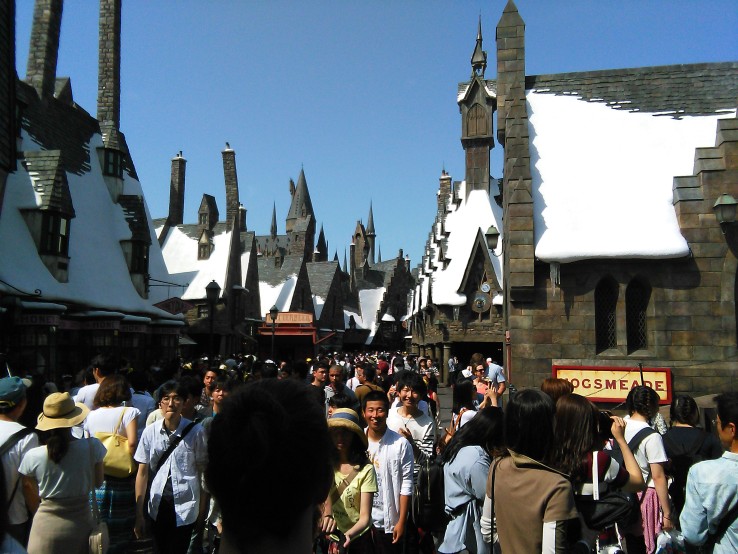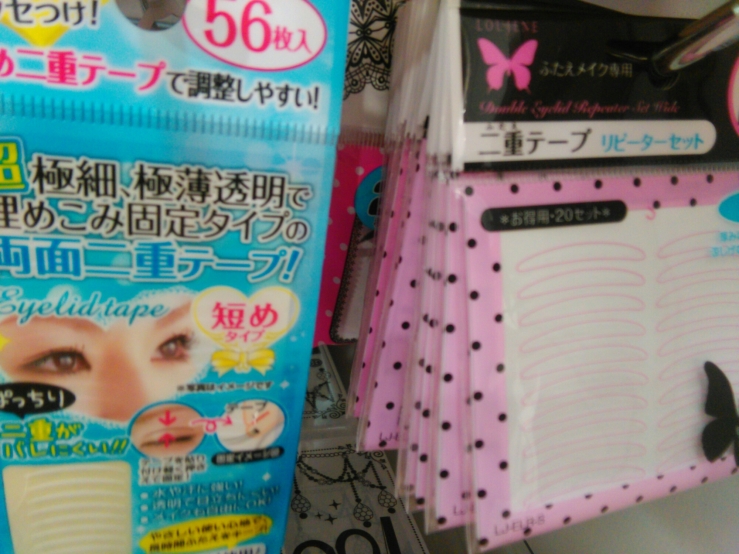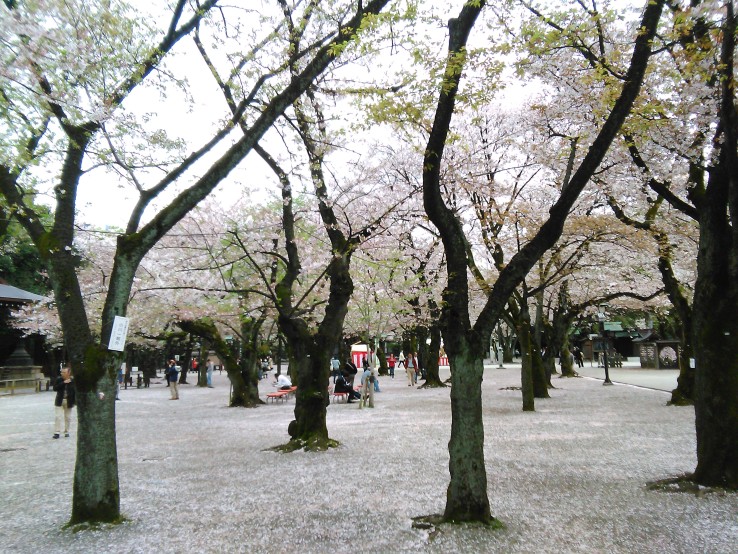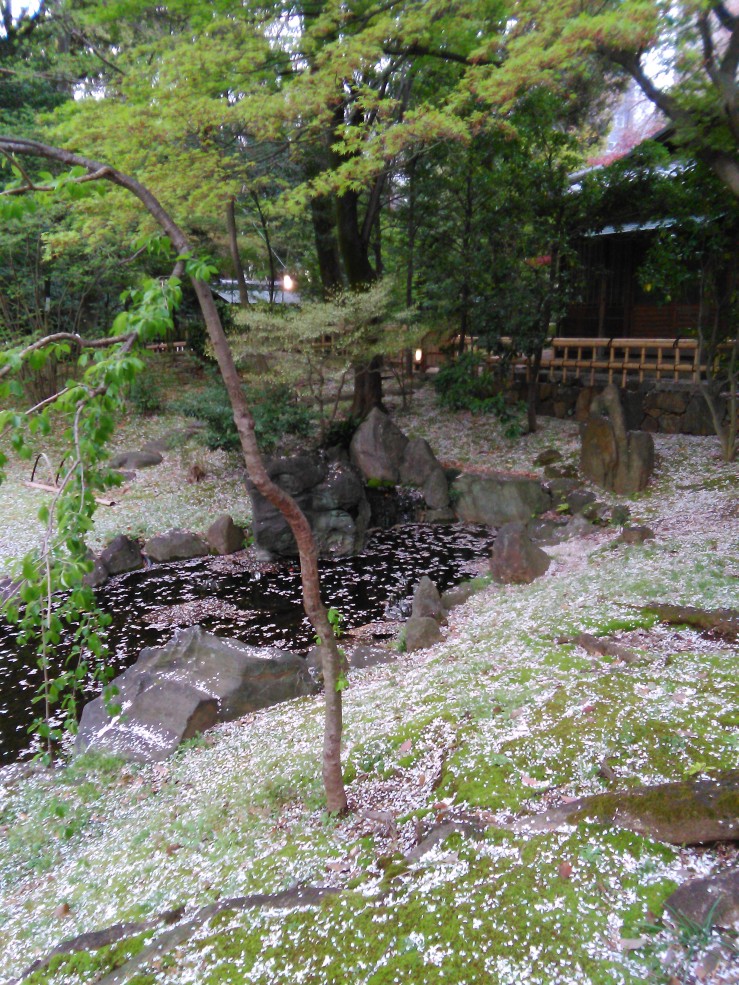Nomihodai is present in every Japanese night out. It’s a time and tested tradition where, surrounded by salaryman in ill fitting suits, you knock back as many namabiirus (draft beers) and coca highs (whisky highball) before they ring the bell on your indulgence. With the average price of a 2 hour nomihodai about the same as 3 beers it can either be a cheap start or a dangerous end. Chuck in a bumpy cruise along the Tokyo Bay and it’s looking more like the latter.
Once on the water, the rocking seems to speed up the intoxication process. Bars on every level of the boat each one lines with plastic cups of cheap Japanese beer, being replaced as quickly as their emptied. And there’s no need to smuggle snacks aboard, because tucked conveniently next the dance floor is all the fried chicken and corndogs you could wish for.
Hundreds and hundreds of people; old, young, families, couples ricochet off each other as the boat twists along the bay. You won’t catch a glimpse of the stars, Tokyo lost that ability a long time ago but that doesn’t really matter not when the sky is lit with skyscrapers, beautiful red airplane emergency lights, LED advertisments and national landmarks. Like sailing through Willy Wonka’s magical tunnel,the lights flicker against the black backdrop the only difference being how our captain wasn’t perpetrating an acid trip.
But it’s not just the outside, the inside of the boat is as weird and wonderful as you’d expect from Tokyo. In the middle of the middle dock is a dance floor. More of a 90’s school disco than a rave men wore their ties around their heads and chaperones made sure we didn’t get too out of control.
Despite all this, it’s the scheduled ‘yukata dances’ that make the cruise what it is. Girls dressed in beautiful yukatas shimmey to P Diddy (Puff Daddy era) and a bit of Ja Rule for good measure. It’s a very peculiar feeling, watching girls in traditional dress body roll and twerk into the hearts and ‘banks’ of the men fangirling at the stage end to the sound of old school MTV.

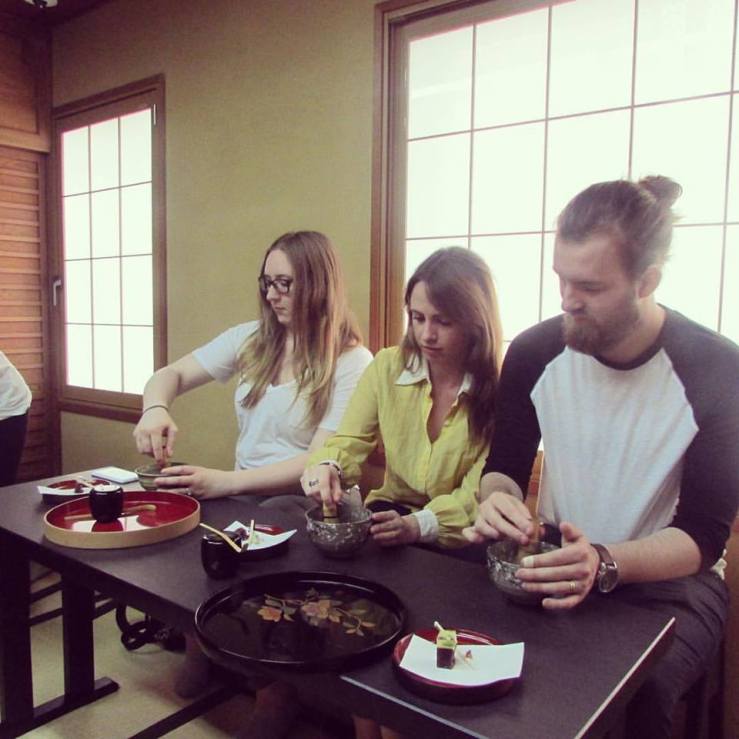
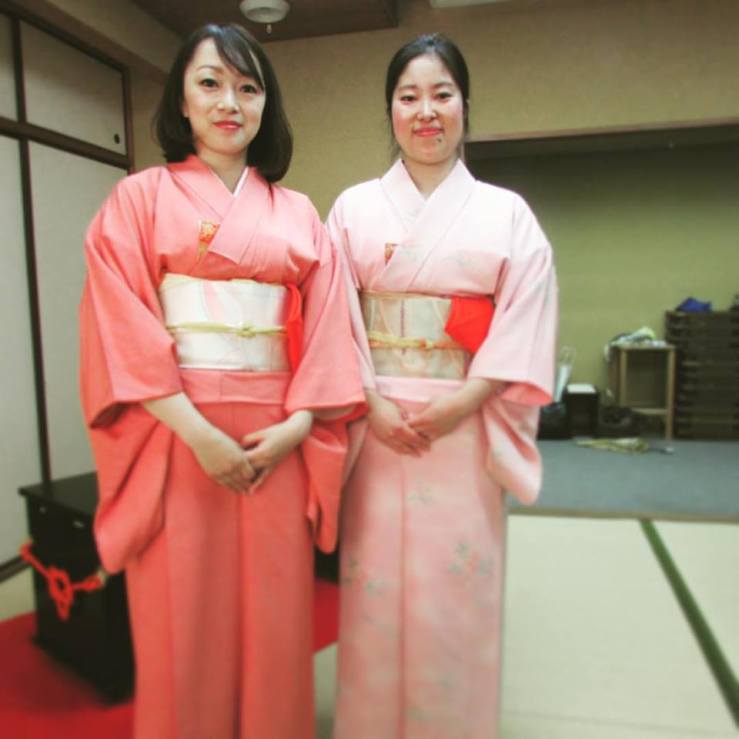















 You’ve got the magic mushroom room; where you sit surrounded by contortioned plastic mushrooms shadowing your table, the spaceage bar; with one side a smokey, ice bar and the other side a row of teacup booths with ants trailing the ceiling, the tea party room; where the delicate afternoon tea tables and chairs are surrounded by fluffy walls and giant lips, and lastly the milkbottle room; a row of uncomfortable looking chairs with giant milk bottles swinging from the ceiling.
You’ve got the magic mushroom room; where you sit surrounded by contortioned plastic mushrooms shadowing your table, the spaceage bar; with one side a smokey, ice bar and the other side a row of teacup booths with ants trailing the ceiling, the tea party room; where the delicate afternoon tea tables and chairs are surrounded by fluffy walls and giant lips, and lastly the milkbottle room; a row of uncomfortable looking chairs with giant milk bottles swinging from the ceiling.










 Hiroshima’s desire for rebirth is evident in the festivals, carnivals and flowers shows it holds for the communities and tourists alike. Competing dance troups and 30ft high flower floats, live music and craft stalls. It’s difficult not to enjoy a trip to the Peace park and as much as you think you shouldn’t, it isn’t a place for sadness and regret it’s a place for reflection and love.
Hiroshima’s desire for rebirth is evident in the festivals, carnivals and flowers shows it holds for the communities and tourists alike. Competing dance troups and 30ft high flower floats, live music and craft stalls. It’s difficult not to enjoy a trip to the Peace park and as much as you think you shouldn’t, it isn’t a place for sadness and regret it’s a place for reflection and love. 













